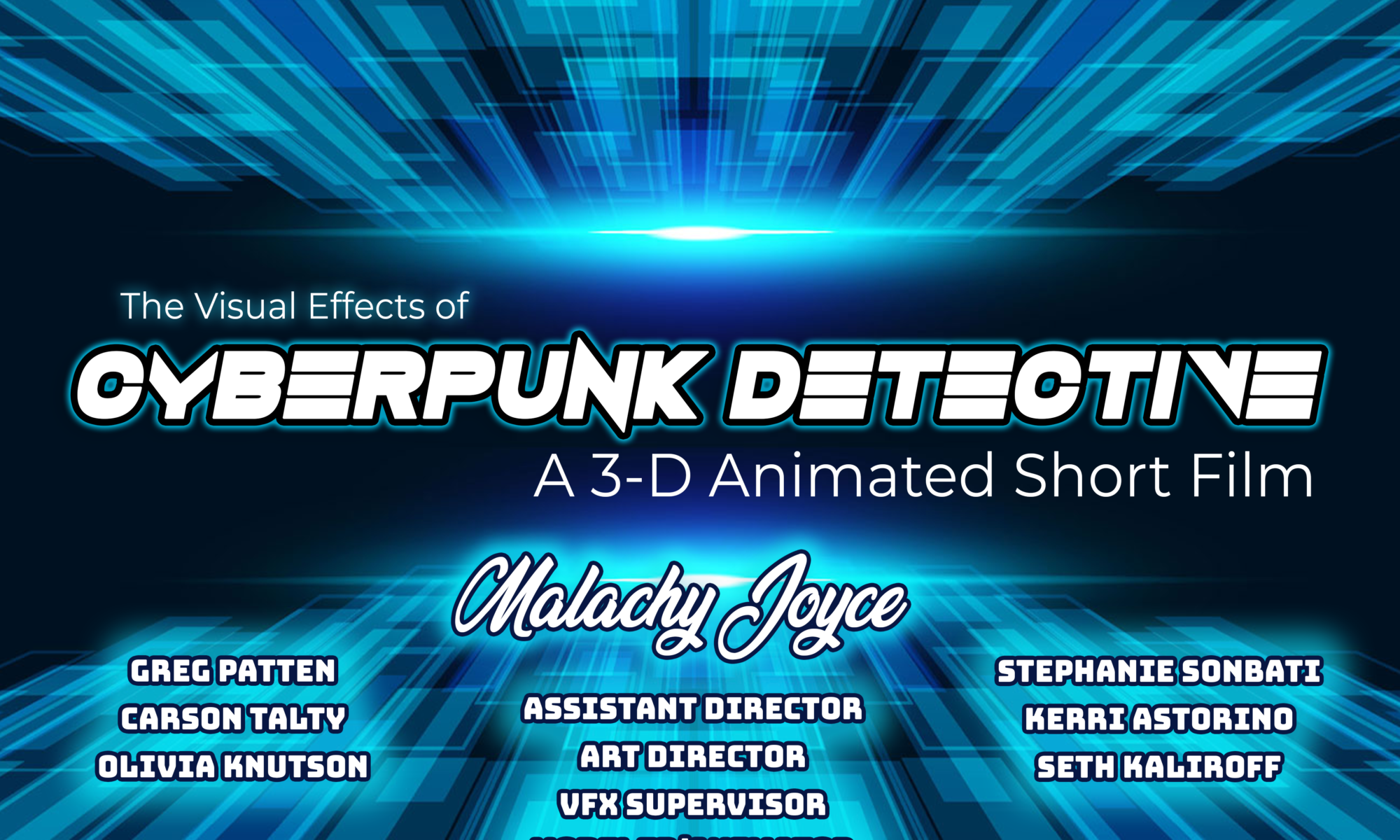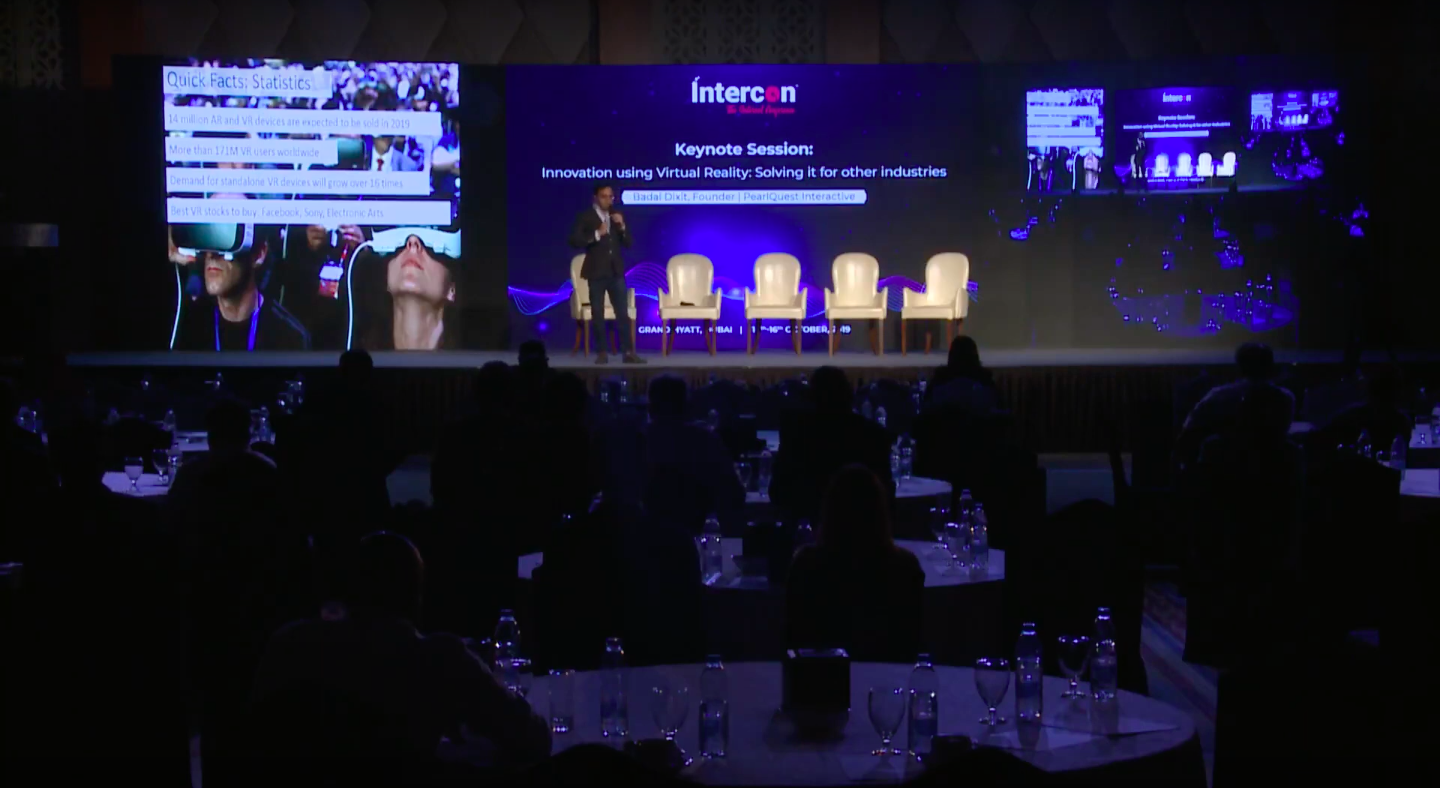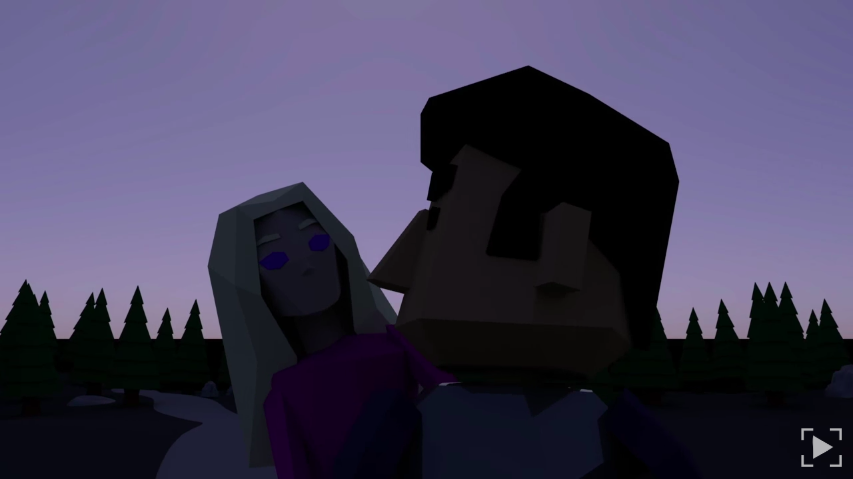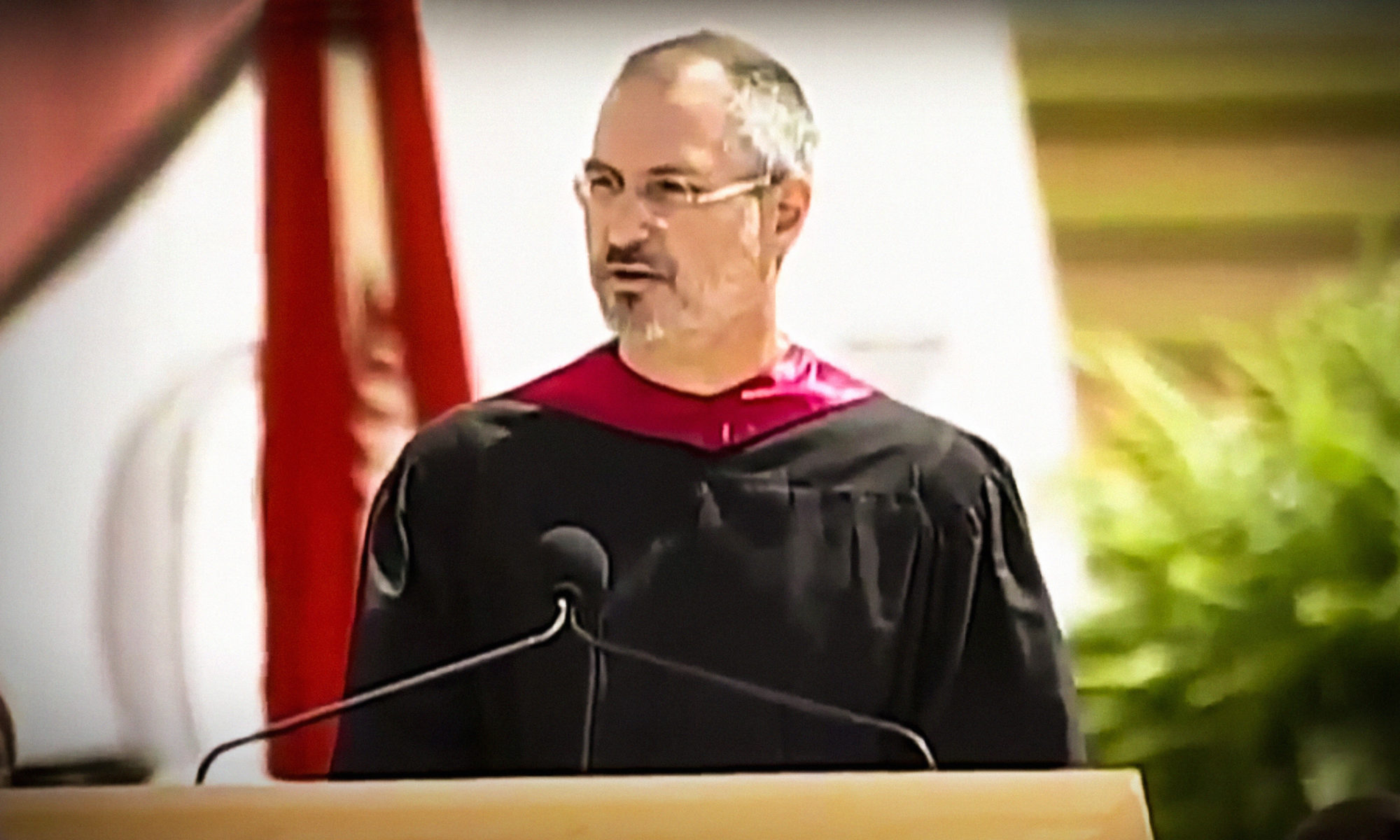Materials: (listed below)
Budget: $200-$500
Timeline: (attached)
TECHNICAL STRATEGY:
Leading the charge in visual effects, art direction, and editing, much of my part when it comes to this project revolves around the way scenes are actually executed on screen. Involving a list of advanced effects and scene compositions, most of the programs I will use to create this project involve industry-level applications to give the true visuals that the team is looking. Below is a list of programs that I will personally be dealing with for the course of the project, with a small description attached to each:
[Modeling]
- Maya: Main 3-D modeling software. Others can be used based on preference. (Free)
- ZBrush: A digital sculpting tool that combines 3D/2.5D modeling, texturing and painting (good for character design) ($29/mo)
- Houdini: Industry-standard software that specializes in the creation of visual effects in film and game. Major VFX companies such as Walt Disney Animation Studios, Pixar, and DreamWorks Animation uses this. (Academic License: $75)
- Marvelous Designer: A 3D design tool for clothes and fabrics. (30-Day Free Trials, $50/ mo)
[Animation]
- Dynamixyz: Real-time facial motion-tracking software (Software is available, camera alternatives to be researched)
- F-Clone (Back-Up): Much cheaper alternative to Dynamixyz (Free Trials, $58)
- iPi Mocap Studio: A tool to track 3-D human body motions and produce 3-D animation. (Free Trials, $45/yr, requires two Kinects)
- Motion Builder: Autodesk software that will be used to make fine-tunes to motion captures
[Rendering]
- RenderMan: photorealistic 3D rendering software produced by Pixar Animation Studios (Issuing a request for an educational license)
- Arnold (Back-Up): With Maya; Free
[Compositing and Editing]
• Nuke: Industry-standard node-based digital compositing and visual effects application used for television and film post-production. Already have a 3-year free academic license.
Most of these programs I already have a pretty fair grasp on. It is Houdini and Nuke in particular that I will be focusing on primarily over winter break to learn, as I am the most unfamiliar with the two. It is advantageous to learn these programs because they invite for an industry-level look for the project, as well as provides valuable skills to incorporate into my skillset.
AESTHETIC STRATEGY:
In terms of stylizations, the team has begun looking at different artistic approaches we can take the film, as well as researching any assets that we could use as props, environments, or references. Having just finished the script complete with scene-by-scene descriptions and dialogue, the primary focus will now be on art style and development. Some of the websites we have been looking at that provide free or cheap assets that will be useful for us to include involve CGTrader, Turbo Squid, and Art Station. For the most part, with the theme being cyberpunk there is only so many directions you can take the look without changing what it is, however we will most likely be taking a more realistic approach to how objects are rendered.
IMPLEMENTATION:
In terms of what is complete at this very moment, at this time the script is 100% complete with only minor edits to dialogue to be made. Overall concepts are present, complete with scene- by-scene descriptions that will help construct each scene in a 3-D setting. It is 19 pages in length and is typed entirely in Celtx, which is a website designed for professional scriptwriting.
For a synopsis, the story takes place in a hypothetical version of New York City that has undergone a cyberpunk transformation, and centers around a detective named Kallan Kade who has been retired for quite some time now. Renowned for his skill and reputation, he is called upon one last time for an assignment that will ultimately force him to choose between what he loves, and the fate of the world. The story includes several twists riddled throughout that immediately shift its tone, as well as one major twist at the very end, which really broadens the scope of the entire film. Other characters of the story include Faidra, The Director, Mr. West, Carmine The Saint, Samuels, and Ghost Zero. Below are character descriptions for each:
Kallan Kade: A retired detective who has lived a life of pain and anguish. He is called upon one final time to complete an assignment that will determine his fate. The whereabouts of his family is central to him.
Faidra: An engineer who goes missing at the beginning of the story who holds a big secret and company asset. Her character development with Kade becomes critical to the story’s outcome.
The Director: Head of the police force and intelligence in the city. Presents an ultimatum to Kade.
Mr. West: An important client to The Director. Jovial and high-energy. Has ties with Faidra.
Carmine The Saint: A self-important man in a pinstripe suit. Owner of a Club Rapture.
Samuels: An old friend of Kade who lives in the slums of the city. Former freedom fighter for the War.
Ghost Zero: Highly skilled bounty hunter who is assigned to follow Kade.

So far everything is moving according to plan on schedule. With the completion of the script the team will now focus on early art direction and development, which will begin immediately leading into winter break. During this time I will again take a personal emphasis on learning the fundamentals of Houdini and Nuke to utilize their assets for this project. All-in-all this is very exciting and I cannot wait to move on to the next step.



